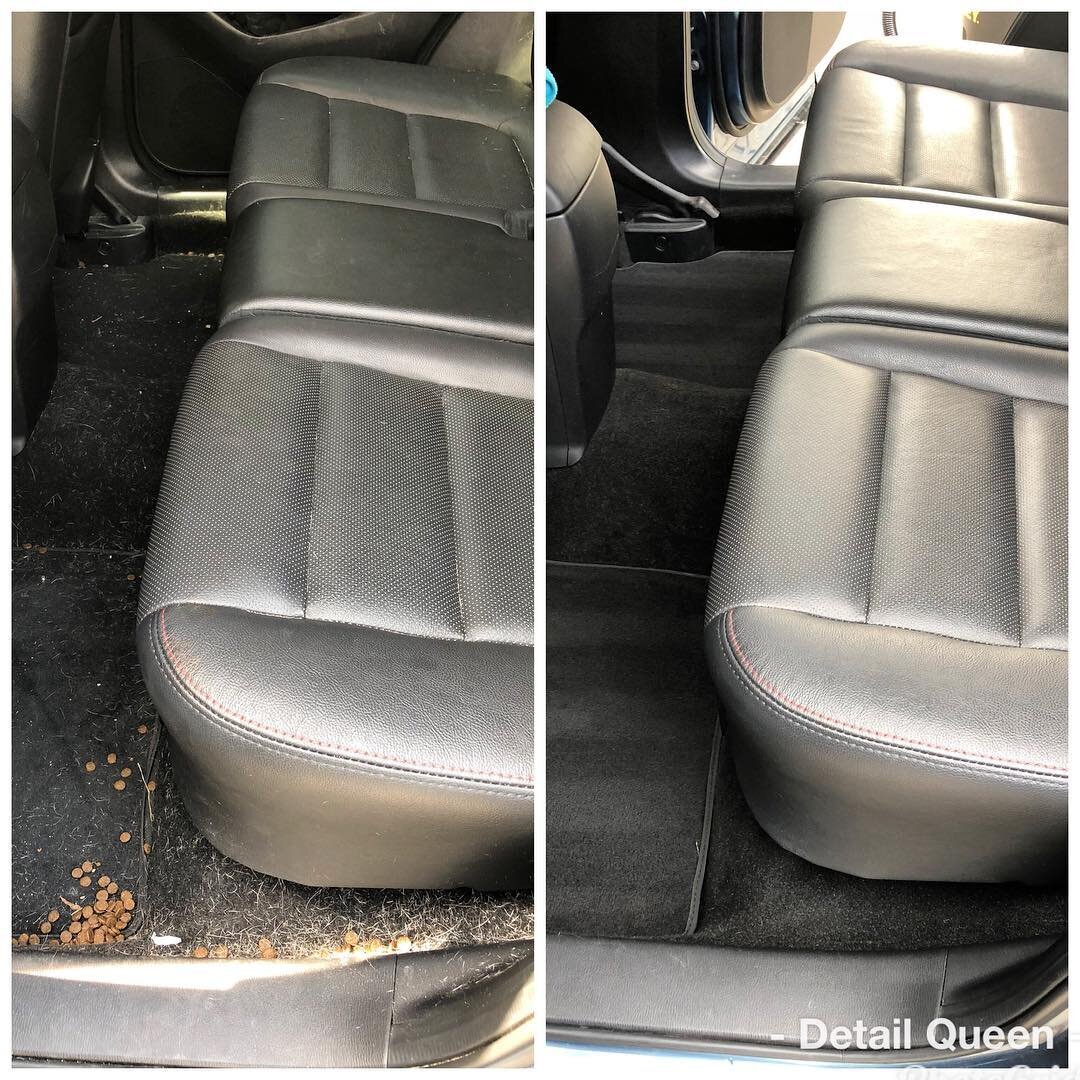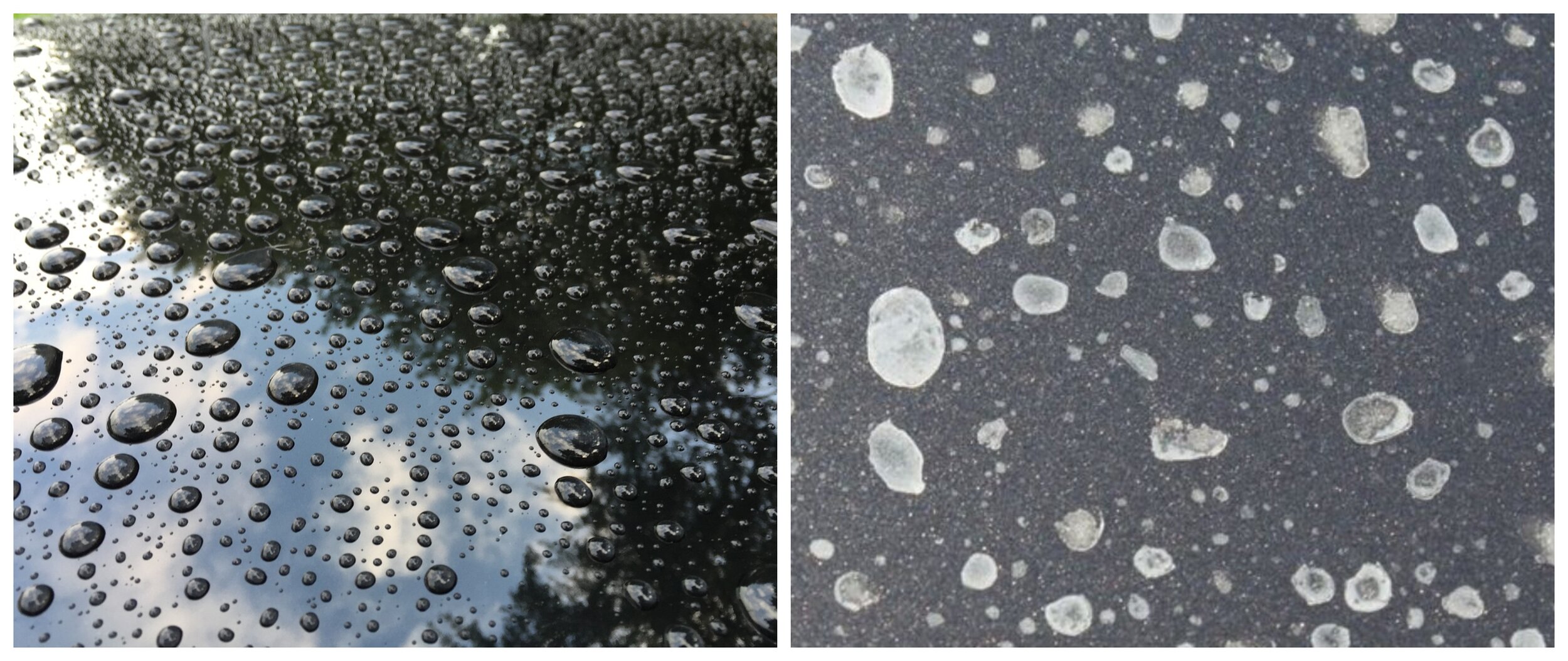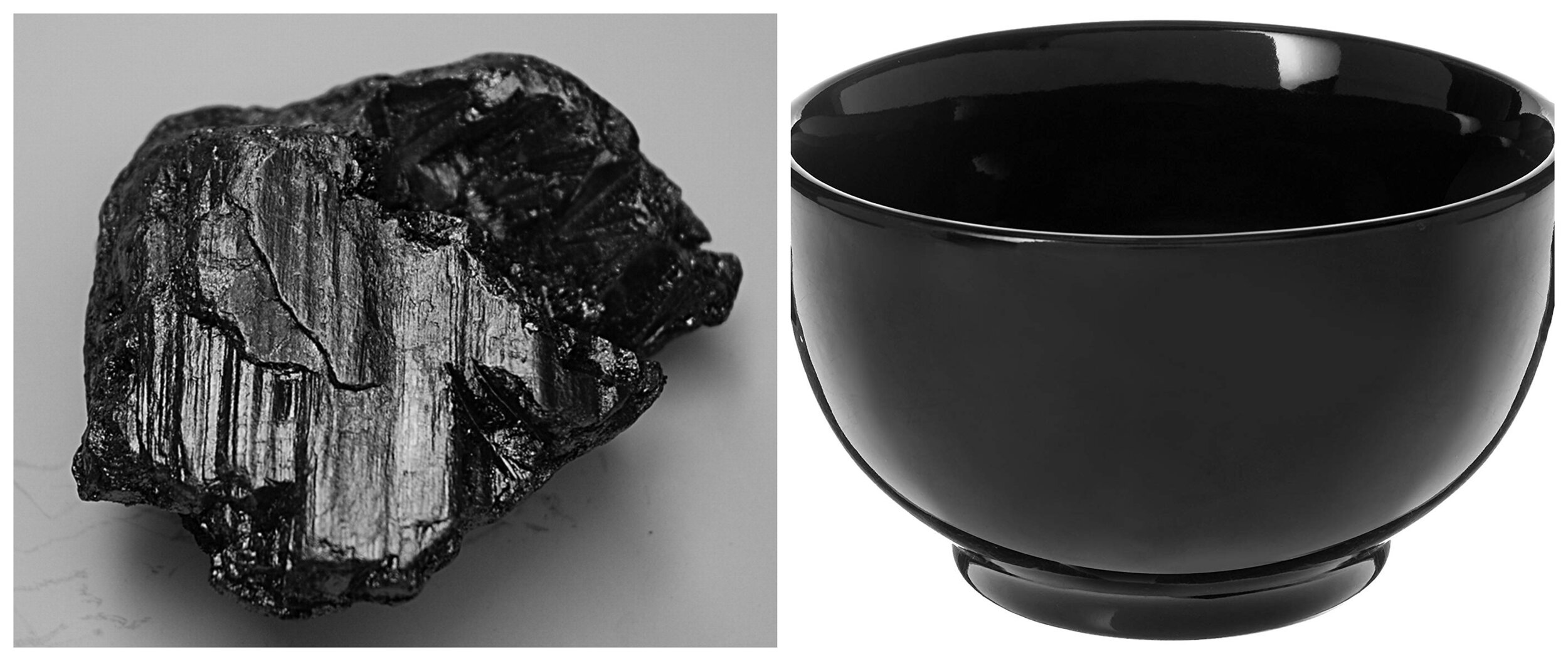Why Should I Detail My Car?
New car? Or new to you car?
Whether you have a relatively new car or have had one for a long time, there’s a good chance the process of professional auto detailing is a bit confusing. In fact, you might be asking yourself, “Can’t I just drive my car through a car wash?” “What exactly is car detailing?” and “Why does it cost so much?”. In this article, we will go over all of these questions, and more.
Car detailing requires focused expertise, as well as special tools, products, and other supplies. All of that time, talent, and product usage adds up to many benefits to your vehicle. A simple run through your neighborhood car wash only focuses on the look of your car on a surface level. Which in variable climates like Denver, Colorado where we are located, that just isn’t enough. The elements are rough on your vehicle, inside and out.
Professional car detailing is a service that actively works to not only improve the appearance of your vehicle inside and out, but adds longevity to the surfaces of your vehicle. A true car detailing service breaks down into four simple steps: remove, correct, protect, and condition.
Remove Contaminants That Can Damage Your Car
After your car has been thoroughly washed and dried, the next step is to remove any surface contaminants that remain on the paint. Things such as sap and tar, can cling to the clear coat layer of your car’s paint and damage it, which can expose the colored base coat to the elements if not treated. In colder weather climates, de-icing agents such as salt, and chemicals can eat through your paint very quickly.
It is important to remove products of the environment very quickly before they have a chance to settle into your paint. Once the clear coat has been compromised and the base coat is exposed, there is little a detailing service can do to restore the clear coat. This is why regular detailing is important. A professional detailer will use a variety of special tools, and professional grade products to skillfully remove these contaminants.
Oxidized and failing clear coat
Correct Scratches and Swirls
Though convenient, drive through car washes are notorious for leaving swirls and minor scratches on your paint. Mix this with the contaminants listed above, and you will end up with a very lack luster finish to your clear coat. This can be frustrating to a car owner. There is no quick fix product or wax that can be applied to remove scratches from your paint. This is another area where a professional detailer can step in.
A detailer will use a combination of buffing compounds, polishes, corresponding pads, and variable speeds on a machine to restore your paint to as close to perfect as possible. Depending on the severity of the scratches, wet sanding may also be necessary.
Paint Correction Before And After
Protect Your Paint at the Right Level
Once your car is all clean and shiny, it’s important to follow up with the right type of clear coat protection. The most common options for drivers to choose from is wax, which lasts for about three months. There are products called paint sealants. These are nano technology based liquid solutions. These last roughly 6 months.
Another option is ceramic coatings. Which I am sure most of you are familiar with by now. Longevity depends on the product and level or protection you choose. But on average, these are designed to last between 1-3 years. These coatings adhere to your clear coat to protect it from the environmental elements.
The last option is a coating called Graphene. You can read more about Graphene coatings here.
Rejuvenate and Extend the Life of Your Interior
After you are all done with the exterior of your vehicle, it’s important to turn attention to the interior. Extracting stains, and removing embedded pet hair, and other debris is crucial for fabric interiors. If you have leather, ensuring that it’s properly cleaned and conditioned is wise to keep it from cracking, fading, and shrinking.
By walking through each step in detailing, your vehicle will be given a large number of benefits. Not only is it more appealing to look at, but the added layers of protection will increase the overall value. This is especially important if you are planning to sell your vehicle, or you are returning it for a lease exchange.
Interior Detailing Before And After
At Detail Queen, our detailing services require the use of multiple, specialized tools and chemicals, which in turn demand the expertise of our highly-trained, professional technicians. This allows us to set ourselves apart from the quick details and car washes. We are very excited to offer our services to you. As always, drive clean!
Graphene Paint Coatings And How They Are Superior To Ceramic Coatings
Graphene is the next level of automotive paint coatings. Ceramic coatings have been on the market for a while, and there are a variety of products out there with varying protective properties. But graphene caught my attention due to the science behind it. I am a facts girl. It is difficult to argue with hard scientific based research and facts.
Today we are going to talk about a new product on the market called Graphene. I am happy to announce that I, The Detail Queen am the first Authorized Installer of SPS Graphene Paint Coatings in Denver, Colorado. Graphene is the next level of automotive paint coatings. Ceramic coatings have been on the market for a while, and there are a variety of products out there with varying protective properties. But graphene caught my attention due to the science behind it. I am a facts girl. It is difficult to argue with hard scientific based research and facts.
Graphene is a carbon-based nanomaterial which gained a huge amount of attention among researchers after was discovered in 2004. The early uses of graphene were mostly industrial purposes to protect against corrosion. Professor Andre Geim and Professor Konstantin Novoselov were awarded the Nobel Prize in Physics in 2010 for the discovery of graphene. Yes, The Detail Queen is the first in Colorado to offer an automotive paint protection product to consumers which is backed by a Nobel Prize!
Graphene is widely known as a one-atom-thick two-dimensional sheet of carbon that is tightly packed into honey-comb like lattice as illustrated below. In simple terms, graphene can be described as a single layer of graphite. That’s it. A single layer of the mineral you are familiar with called graphite. Graphite before converted graphene is a soft, flexible, extremely heat resistant mineral. Once converted, graphene becomes the thinnest, and the strongest material in the world, yet it is flexible which makes it a great addition to the automotive paint coating industry.
Structure of graphene
So what makes graphene coatings better than ceramic coatings? Graphene actually reduces heat on the surface of your paint, so that water spotting is much less likely, when compared to ceramic coatings. A major complaint from consumers of ceramic coatings is the water spots left behind. You see all these videos of these amazing water beads that sit on the surface of your paint. Well if you aren’t driving, those water beads are going to continue to sit on the surface of your paint. Ceramic based coatings actually retain heat, so any water that remains on the surface, will become a durable, mineral loaded water spot. These water spots will etch themselves into the coating, and eventually into your paint that you spent so much money getting polished before your coating.
Ceramic coating installers focus so much on the water beading effect versus the water contact angle of the product they are applying. Beads are great until they dry on the surface.
Because of it’s honeycomb structure and chemical properties, Graphene has a very high water contact angle when compared to most coatings on the market. This means any moisture in any amount will slid off much easier, leaving a very low risk of any water evaporating on the surface and causing water spots. Removing water spots requires chemicals and abrasives that will compromise your ceramic coating, and often the area will need to be re-treated completely.
Another complaint I have heard from personal customers over the years in Colorado is how easily their coated cars collect dust. Because of it’s electrical and thermal conductivity properties, graphene can safely be advertised as “anti-static’ which will actually repel dust and other micro-particles.
As time goes on , especially if you drive your car daily in a variable climate like many of my customers, the ceramic coating starts to lose it’s shine and durability. What causes a ceramic coating to wear down? Improper installation is the first cause. Incorrectly prepped paint surfaces, as well as improper techniques while applying ceramic coatings will cause uneven surfaces which will allow contaminants to penetrate the surface of the coating more easily. Graphene is extremely easy to apply because it is a very stable compound, which means application error is next to zero.
Another cause of ceramic coat breakdown is simply daily exposure to water, solvents (car wash soap, any other chemicals you may use on your car, etc) and heat. As I mentioned above, ceramic coatings retain heat and when you mix heat and chemicals, you have a recipe for disaster against your glossy coating.
Abrasion is also a huge determining factor on how long your ceramic coating is going to last. Everything from high dusty winds, to bugs, to drying towels will slowly deplete the ceramic coating. Which will in turn, reduce the water beading ability of your coating and will leave your paint unprotected against harsh minerals in the water.
Because graphene is scientifically proven to be the strongest, thinnest material in the world, it is my first choice for protecting my investment against the elements. It is flexible and adaptable to its surroundings. The best way I explain this to my customers is to picture dropping a ceramic bowl versus a rock of graphite. On a microscopic level, which one would you rather have protecting the beautiful paint on your vehicle?









